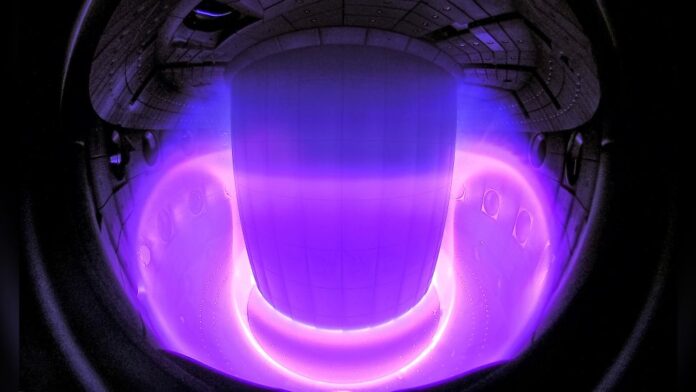Advocates for nuclear energy recognize the environmental challenge of current fission reactors. The accidents at Chernobyl and Fukushima remain imprinted on our collective memories. And even though new SMR (small fission reactor) designs are in the works the radioactive waste of spent fuel remains anathema to environmentalists looking for solutions that are carbon and pollution-free.
That’s why those into nuclear power see fusion reactors as a perfect solution for ensuring baseload power in a future energy mix that includes intermittent solar and wind, as well as geothermal, and hydro. Fusion reactors produce almost zero waste. The radioactive issue isn’t a factor because nothing is undergoing atomic decay. And there are a number of approaches in terms of design that are showing promise.
Fusion reactors make a net-zero-emission future possible. They are a way to decarbonize global energy production. Getting us to the point where commercial fusion is a reality is largely a physics problem. Design issues are being explored and perfected with significant in reactor development of demo systems in Canada, the United States, and the United Kingdom. In recent postings I’ve written about the state of commercial fusion projects. Two will have commercial demo reactors in place by 2025. One of these is near Oxford in the UK and the other in Massachusetts. ITER, the world’s largest fusion experiment will likely be finished by the end of the decade. And it doesn’t end there with many other nascent designs.
Fusion reactors replicate what takes place deep wthin the Sun. The immense size of our local star creates sufficient mass and pressure to cause hydrogen atoms to fuse turning into helium and releasing massive amounts of energy. So sustained fusion in the Sun is occurring under high temperatures and pressures. To duplicate this on Earth we have to create those temperatures and pressures in an enclosed chamber containing hot plasma which we then inject with hydrogen to start the fusion process. Getting more energy out than what gets put in is close to where we are today. Once that is achieved, these different fusion reactor designs will then need to demonstrate they can do this continuously and reliably for years, and do it without impacting the environment negatively.
Nuclear has always been associated with the bomb. The first atomic bomb (a fission device) was dropped in the desert of New Mexico in 1945. At that time, some physicists thought an explosive fission chain reaction would set the planet’s atmosphere on fire. They were wrong. Thermonuclear bombs that used fusion have never been used in war. But the stigma attached to nuclear remains.
The Greenwald Limit Conundrum
Fusion has a confinement problem. How do you keep high density, high-temperature plasmas contained continuously to create conditions akin to what occurs deep within the Sun? You do it using very powerful magnets to create a magnetic containment field.
That’s where the Greenwald Limit comes in. A fusion scientist, Martin Greenwald in 1988, calculated the limit to the density of magnetically confined plasma in fusion devices. Greenwald showed you could only go so far in increasing the density of plasma before a disruptive break would occur in the magnetic confinement causing the plasma to leak out everywhere. What Greenwald presented was a “speed limit” on plasma density.
Why was and is this important? Because plasma density is critical in getting more energy from a fusion reaction than what gets put in to create the conditions for it to occur continuously. That limit put constraints on positive energy yields in fusion reactors.
But what if the Greenwald speed limit could be broken? A recent press release from École Polytechnique Fédérale de Lausanne (EPFL) in Switzerland, demonstrates that indeed the Greenwald Limit is no longer. In a study on plasma generation, EPFL researchers show they have successfully doubled the hydrogen capacity of magnetically-confined plasma without creating a disruption. This translates to significantly greater energy output in the reaction. For the nuclear industry worldwide this could kickstart commercial fusion.
Physical Review Letters has published a paper describing how EPFL researchers were able to achieve the Greenwald Limit breakthrough.









